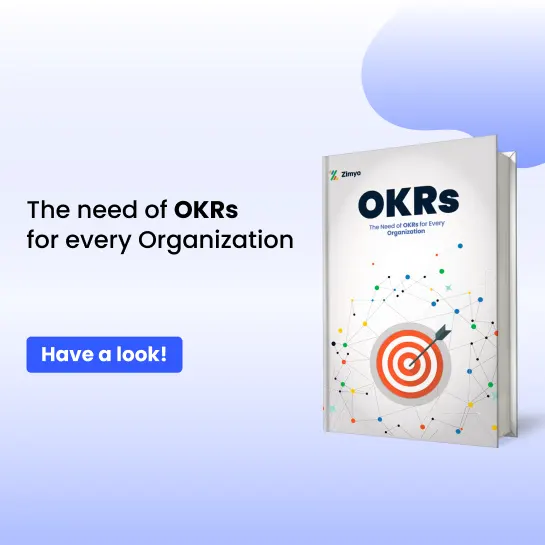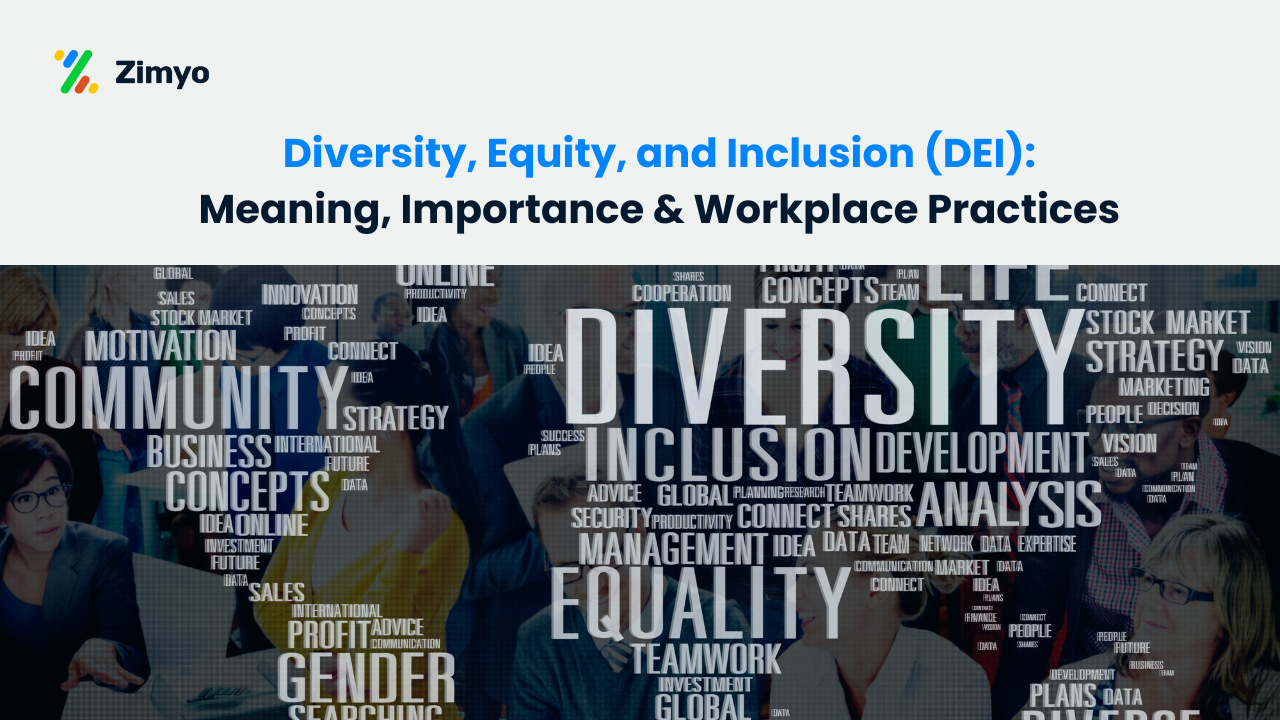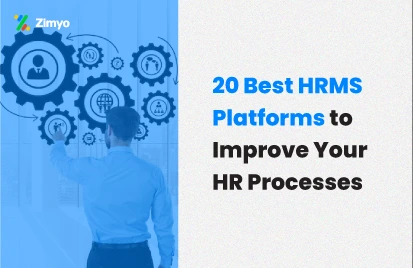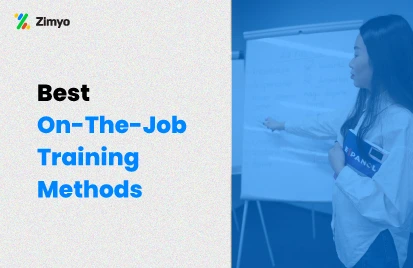Traditional methods, when there are new ways of working, always feel redundant. Adapting to technological advancements is necessary for all departments of an organization, especially HR. This is so because HR is the prime point of contact among employees.
Factors such as rapidly advancing technology, more informed customers who want a broader range of choices, and more intense, global competition have changed the need for modern business. In order to compete in this modern world of organization, day by day we are on the path to face and understand the modern demand and try to adapt accordingly. With organizational development, many management systems are also developing with more benefits and such systems counter modern problems.
There has been a lot of confusion, and misconceptions about the traditional HR department and new people teams. People are having a general opinion that the difference is negligible, which is wrong. We must understand that new people teams do not mean renovation, it is a reinvention with modern solutions to the challenges. The new people team management is just like a breath of fresh air.
What are some of the transformational HR activities?
The day-to-day mechanics of keeping an organization running smoothly with full efficiency is a concern for HR. To compete with modern challenges, it needs to understand the transformational HR activities.
- Without following the repetitive, administrative tasks, transformational HR takes a step back from routine and focuses on strategies for having proper management with the organization’s goals.
- Without waiting for the problems, a strategic HR department has proper planning to look ahead and eliminate problems.
- Transformational HR involves a proactively supporting approach for reaching out to the organization’s strategic goals.
- Such departments also build opportunities for learning and development and enhance employee engagement through various portals.
- The traditional HR role in the arena of management used to be expanded with the help of transformational HR, so it becomes a tool to develop business interests and growth.
What is talent management and its contribution to organizational growth?
The most basic thing which needs to be understood is that talent management is not the alternative to HR. Every organization, small or big has to manage both simultaneously. Talent management is used to maximize the value of the employee for their organization.
In 2016, only 57% of HR leaders aimed at making a measurable impact on business performance through their talent management strategy. Now, this number is more than 83%.
Talent management plays a crucial role in hiring, managing, developing, and retaining the most talented and valuable employees in the organization. Since, it manages the employees, who are important assets of the company, it also plays a vital role in the business strategy. Many big organizations are investing in talent management and here are some reasons why companies should invest in the same.
Attract top talent: Strategic talent management comes up with the opportunity to attract the most talented and skilled employees available in the marketplace. It works as brand management of the employer that can attract potential talents.
Employee motivation: A person who feels appreciated and motivated works more than what is expected. In fact, over 91 per cent of employees shared that in order to feel motivated and engaged they wanted more than just money, as revealed by Chandler and Macleod’s survey. Here talent management plays its key role in keeping their employees motivated which creates more reasons for them to stay in the company and do their tasks.
Help in filling the critical roles: With the help of talent management, an organization is able to equip with the task that requires critical skills to plan and address the important and highly specialized roles in the workforce. As a result of this, the workload for others will be avoided and smooth functioning will be enabled.
Increase in employee efficiency: In order to identify which employees will be best suited for the job role to avoid lesser performance issues, talent management makes the work easier for the companies. It also makes sure that the employee with top talent lasts longer in the company and helps in the growth of the organization.
Engaged employees: A systematic and consistent decision about the development of employees guarantees the employees’ skills and development. A fair procedure for the developments engages more employees, which results in an increased retention rate.
Retain top talent: Due to talent management if the top talent retention rate is high then it saves the company’s recruitment and performance management cost in the long run.
Improve business performance: If the employees feel engaged, skilled, and motivated, they will work with their full efficiency in respect of the organization’s goals, which in return, increases client satisfaction and business performance.
Differences and similarities between traditional HR department and new people teams
The traditional HR department is shifting towards the new people teams. Progressive companies have already replaced traditional HR with the new people team who are having a modern approach to human resource management. Here are some key differences and similarities in modern trends of the shift from traditional to new methods.
Difference between the traditional HR department and new people teams
| Traditional HR | New People Teams |
| Informed: Decision and expectations are told to employee | Consulted: With strategic communication by considering the insights and opinions decisions are made. |
| Reactive: Responds to the issues after they come up. | Deliberate: Proactive and deliberate programs are created by understanding the business goal of an organization. |
| Tactical: Execution of the tactical decisions are made. | Strategic: The decisions are made strategically which includes the evaluation of future investment, budgeting, and fulfilment of long-term goals. |
| Narrow: Traditional HR works under certain boundaries of HR practices. | Holistic: By using employee tools to address them, new people teamwork has a wider view of business goals. |
Similarities between the traditional HR department and new people teams
Some of the similarities between traditional and strategic HR are:
- Both work for the employees and the organization
- Handles all employee-related operations
- Ensure the smooth functioning of an organization.
- Help employees reach the company’s goals
Advantages and disadvantages of new people teams
| Advantages | Disadvantages |
| Cost and time-saving | Cost of Technology |
| Increase productivity and Higher profits | Conflicts, Lack of Trust & Collaboration |
| Reduced Time to Market | Lack of physical interaction |
| Technology-driven accurate insights | — |
Having said a lot about the differences and similarities between traditional HR departments and new people teams, one thing is certain that the latter is the future of the HR industry. From analytical insights for making informed decisions to processing error-free payroll, everything can be integrated into a single portal. It is the correct time to adapt to such HR software and bring in reform in your way of dealing with daily tasks.
Also Read: The HRMS/HRIS system: On-premises or Cloud?






